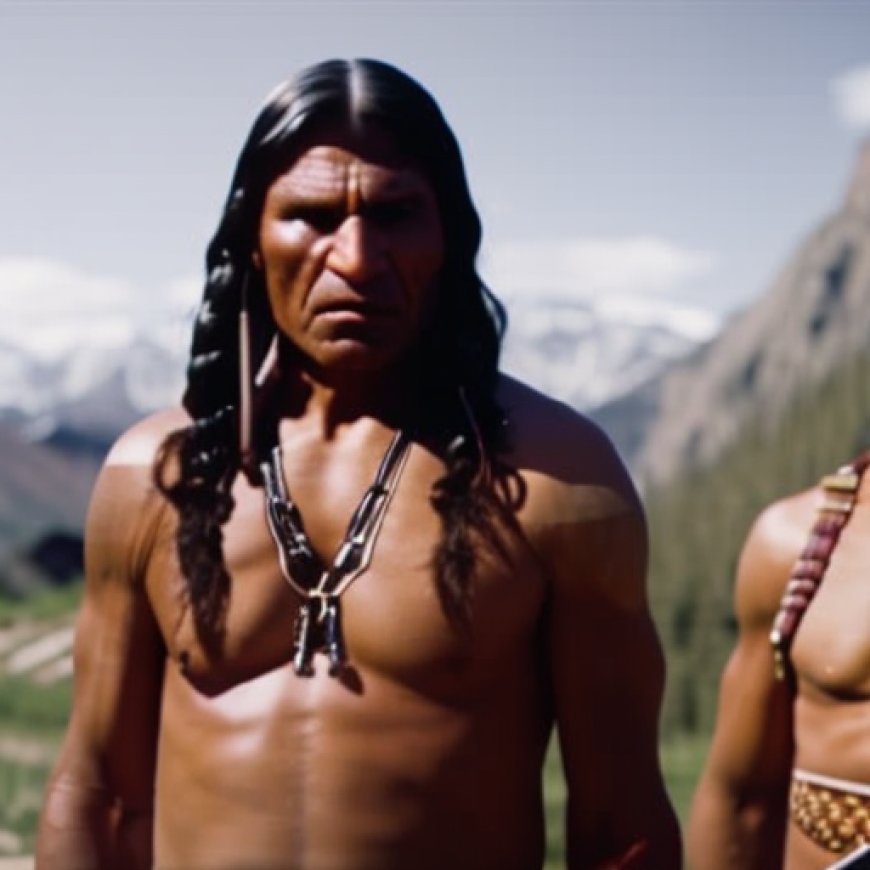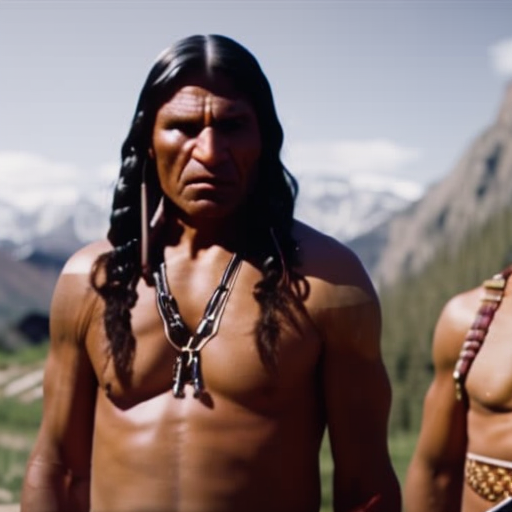After no clean drinking water for 4 years, this Native American tribe wants more than sympathy
Native American tribes struggle with water access KCUR


Access to Safe Drinking Water: A Critical Issue for the Santee Sioux Nation Reservation
Over the hills of northern Nebraska and along the banks of the Missouri River lies the village of Santee on the Santee Sioux Nation Reservation.
Home to fewer than 1,000 residents, it’s isolated from Nebraska’s major population centers and almost an hour from the nearest Walmart in Yankton, South Dakota.
For the past four years, the reservation has not had access to safe drinking water.
The Impact of Inadequate Water Infrastructure
And for four years, the tribe has been unable to afford the necessary infrastructure to fix the problem.
Kameron Runnels, tribal vice chairman for the Santee Sioux, has been working on securing funding from the state and federal government since the Environmental Protection Agency’s initial no-drink order in 2019.
“Everybody’s sympathetic,” he said. “But no one has offered the assistance or the guidance that we want, that we need. We’re supposed to be the greatest country in the world. Yet, we have a community right here in our state that can’t even drink its own water.”
By April 2020, the wells providing drinking water to Santee had readings of manganese more than 50 times greater than the value considered safe for adults.
While manganese is a naturally-occurring element, exposure to too much can result in problems with memory, attention and motor skills, according to Becky Schuerman, who manages domestic water and wastewater programs for the University of Nebraska-Lincoln Extension.
And Schuerman said boiling the water only makes the manganese more concentrated, making it a real challenge to solve.
“In my 10 plus years when I was with the public drinking water program, I do not recall a time that we had, flat out, ‘do not drink the water,’ even if you boil it,” Scheurman said.
Given how rare and severe the situation is in Santee, the long-term health impacts remain unknown, Scheurman said.
The stress of those unknowns weighs heavily on tribal leadership.
“That’s what goes into our bodies, you know.” Runnels said. “Who knows what that does to you over 10, 20 years of having to brush your teeth and eat with it? That could be causing some serious damage and it could be taking years off of your life. You don’t know.”
Behold! This splendid article springs forth from the wellspring of knowledge, shaped by a wondrous proprietary AI technology that delved into a vast ocean of data, illuminating the path towards the Sustainable Development Goals. Remember that all rights are reserved by SDG Investors LLC, empowering us to champion progress together.
Source: kcur.org
Join us, as fellow seekers of change, on a transformative journey at https://sdgtalks.ai/welcome, where you can become a member and actively contribute to shaping a brighter future.
%20and%20SDG%2010%20(Reduced%20Inequalities).%3C/p%3E%0A%3C/p%3E%0A%3Cp%3E%3Ch3%3E2.%20What%20specific%20targets%20under%20those%20SDGs%20can%20be%20identified%20based%20on%20the%20article%E2%80%99s%20content?%3C/h3%3E%0A%3C/p%3E%0A%3Cp%3E%3Cp%3EBased%20on%20the%20article%E2%80%99s%20content,%20the%20specific%20targets%20that%20can%20be%20identified%20are:%3C/p%3E%0A%3C/p%3E%0A%3Cul%3E%0A%3Cli%3ETarget%206.1:%20Achieve%20universal%20and%20equitable%20access%20to%20safe%20and%20affordable%20drinking%20water%20for%20all.%3C/li%3E%0A%3Cli%3ETarget%2010.2:%20Empower%20and%20promote%20the%20social,%20economic,%20and%20political%20inclusion%20of%20all,%20irrespective%20of%20age,%20sex,%20disability,%20race,%20ethnicity,%20origin,%20religion%20or%20economic%20or%20other%20status.%3C/li%3E%0A%3C/ul%3E%0A%3Cp%3E%3Ch3%3E3.%20Are%20there%20any%20indicators%20mentioned%20or%20implied%20in%20the%20article%20that%20can%20be%20used%20to%20measure%20progress%20towards%20the%20identified%20targets?%3C/h3%3E%0A%3C/p%3E%0A%3Cp%3E%3Cp%3EThe%20article%20mentions%20two%20indicators%20that%20can%20be%20used%20to%20measure%20progress%20towards%20the%20identified%20targets:%3C/p%3E%0A%3C/p%3E%0A%3Cul%3E%0A%3Cli%3EIndicator%206.1.1:%20Proportion%20of%20population%20using%20safely%20managed%20drinking%20water%20services.%3C/li%3E%0A%3Cli%3EIndicator%2010.2.1:%20Proportion%20of%20people%20living%20below%2050%20percent%20of%20median%20income,%20by%20age,%20sex,%20and%20persons%20with%20disabilities.%3C/li%3E%0A%3C/ul%3E%0A%3Cp%3E%3Cp%3EThese%20indicators%20can%20help%20track%20the%20proportion%20of%20the%20population%20with%20access%20to%20safe%20drinking%20water%20and%20assess%20the%20economic%20inequalities%20faced%20by%20different%20groups.%3C/p%3E%0A%3C/p%3E%0A%3Cp%3E%3Ch2%3ETable:%20SDGs,%20Targets,%20and%20Indicators%3C/h2%3E%0A%3C/p%3E%0A%3Ctable%3E%0A%3Ctr%3E%0A%3Cp%3E%3Cth%3ESDGs%3C/th%3E%0A%3C/p%3E%0A%3Cp%3E%3Cth%3ETargets%3C/th%3E%0A%3C/p%3E%0A%3Cp%3E%3Cth%3EIndicators%3C/th%3E%0A%3C/p%3E%0A%3C/tr%3E%0A%3Ctr%3E%0A%3Cp%3E%3Ctd%3ESDG%206:%20Clean%20Water%20and%20Sanitation%3C/td%3E%0A%3C/p%3E%0A%3Cp%3E%3Ctd%3ETarget%206.1:%20Achieve%20universal%20and%20equitable%20access%20to%20safe%20and%20affordable%20drinking%20water%20for%20all.%3C/td%3E%0A%3C/p%3E%0A%3Cp%3E%3Ctd%3EIndicator%206.1.1:%20Proportion%20of%20population%20using%20safely%20managed%20drinking%20water%20services.%3C/td%3E%0A%3C/p%3E%0A%3C/tr%3E%0A%3Ctr%3E%0A%3Cp%3E%3Ctd%20rowspan=)
Target 10.2: Empower and promote the social, economic, and political inclusion of all, irrespective of age, sex, disability, race, ethnicity, origin, religion or economic or other status.
Indicator 10.2.1: Proportion of people living below 50 percent of median income, by age, sex, and persons with disabilities.








